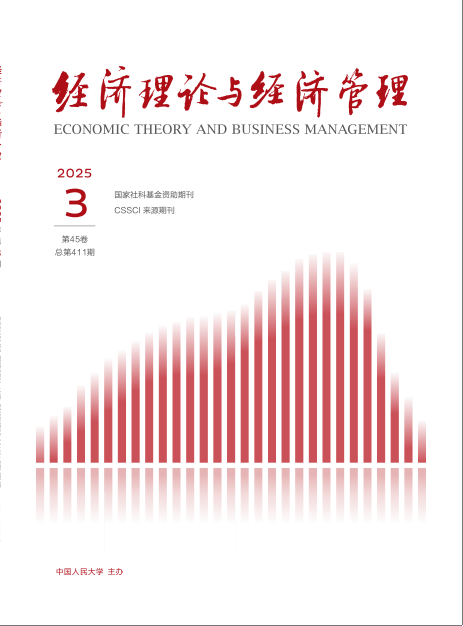CHINA'S MACROECONOMIC RECOVERY UNDER THE IMPACT OFCOVID19 REVERSAL AND STRUCTURAL ADJUSTMENT——China's Macroeconomic Report 2021—2022
RUC Research Group of Macroeconomic Analysis and Forecast
2022, 42(1):
13-34.
 Asbtract
(
)
Asbtract
(
)
 PDF (13771KB)
(
787
)
Related Articles |
Metrics
PDF (13771KB)
(
787
)
Related Articles |
Metrics
2021 is a year of sustained recovery of China's macro economy, showing the characteristics of “front high rear low”, “structural differentiation” and “increased pressure”. On the one hand, the overall stability of epidemic prevention and control, the continued prosperity of foreign trade, the continuous improvement of hightech industries and the successful completion of the goal of an allround welloff society have provided a sustained driving force and solid foundation for the sustained recovery of China's macroeconomy during the epidemic period. On the other hand, downward pressure of China's macroeconomy has continued to rise since Q2 of 2021, due to COVID19s reversal, extreme weather events, high commodity prices, rapid macroeconomic policy, real estate and carbon emissions reduction and other structural adjustment policies, financial risk control, and social public opinion changes triggered by platform rectification. The process of economic recovery has slowed down, and the negative output gap has widened. 2022 is the year of the 20th National Congress of the Communist Party of China, the full implementation of the 14th fiveyear plan and the comprehensive layout of the new development pattern. On one hand, in 2022, China's macroeconomy will partially continue the driving force and foundation of macroeconomic recovery in 2021. On the other hand, under the influence of factors such as the repositioning of macroeconomic policies, the readjustment of coordination system and the full implementation of the 14th fiveyear plan, the downward pressure on macroeconomic will be greatly relieved. However, it is worth noting that how to find a new balance between structural policy and aggregate policy, countercyclical policy and crosscyclical policy still faces many challenges.





